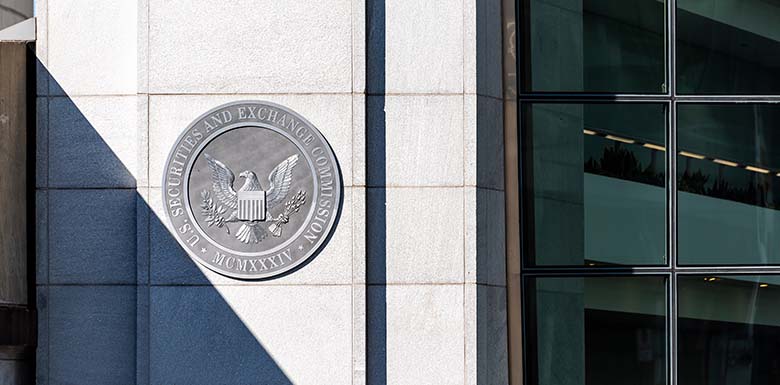
On February 15, 2023, the U.S. Securities and Exchange Commission (the Commission) adopted final rules under the Securities Exchange Act of 1934, as amended (the Exchange Act) to shorten the settlement for most securities trades from the current two business days after the trade date (T+2) to one business day after the trade date (T+1), in an effort reduce investor credit, market and liquidity risks.[1]
Shortened Settlement Cycles
The new rules amend Rule 15c6-1 under the Exchange Act, reducing the time between the execution and settlement of securities transactions for most securities trades from T+2 to T+1. The amendment is intended to address increased market volatility relating to the COVID-19 pandemic and the “meme stock” boom of 2021. In the SEC’s press release announcing the final rules, SEC Chair Gary Gensler stated that the rules will “reduce latency, lower risk, and promote efficiency as well as greater liquidity in the markets.”[2]
The Commission believes that shortening the settlement cycle will reduce credit, market and liquidity risks in securities transactions, by decreasing the number and total value of unsettled transactions, shortening the time period of exposure to unsettled transactions, and reducing the possibility of price movements in the securities underlying unsettled transactions. A T+1 settlement cycle will also allow investors to access the proceeds from securities transactions sooner than they are otherwise able in a T+2 settlement cycle.
The new rules also shorten the separate settlement cycle for firm commitment offerings, including initial public offerings, that are priced after 4:30 p.m. ET from T+4 to T+2, although most firm commitment underwritten offerings already settle on a T+2 basis. The new rules do not change the current “override provisions” which allow the parties to determine longer settlement cycles by agreement, provided that the agreement is express and reached at the time of the transaction.
Same-Day Allocations and Affirmations; Recordkeeping
To enable market participants to meet the new T+1 requirement, the Commission also adopted new Rule 15c6-2 under the Exchange Act, which adds procedural requirements on broker-dealers, requiring them to establish, maintain and enforce written policies, or enter into written agreements, to ensure that allocations, confirmations and affirmations are completed as soon as technologically possible but no later than the end of the trade date. Such policies must, among other things, (1) identify and describe any technology systems, operations, and processes that the broker or dealer uses to coordinate with other relevant parties to ensure completion of the allocation, confirmation, or affirmation process for the transaction, and (2) describe how the broker or dealer plans to identify and address delays if another party is not promptly completing the allocation or affirmation for the transaction, or if the broker or dealer experiences delays in promptly completing the confirmation. Similarly, the Commission amended Rule 204-2 under the Investment Advisers Act of 1940, requiring investment advisors to make and retain records of confirmations, allocations and affirmations sent to broker-dealers for certain securities transactions.
Next Steps
The final rules will become effective 60 days from the date of publication of the adopting release in the Federal Register; however, the deadline for compliance is currently set for May 28, 2024. The new rules are the next step towards modernizing settlement cycles to reflect technological advances and reduce credit, market, and liquidity risks. Further, although the Commission is not currently proposing a same-day (or T+0) settlement cycle, it continues to assess the potential to implement T+0.
[1] The final rule is available here (Shortening the Securities Transaction Settlement Cycle) and the corresponding fact sheet is available here.
[2] See, SEC Press Release (SEC Finalizes Rules to Reduce Risks in Clearance and Settlement).
